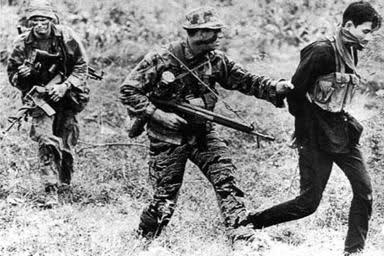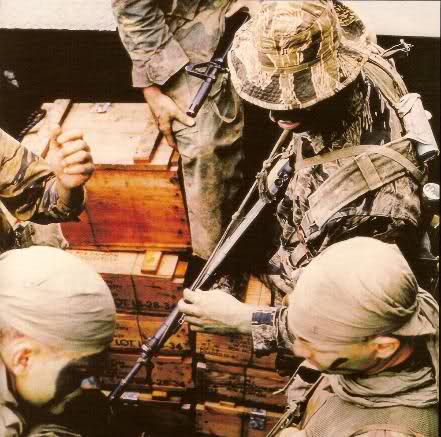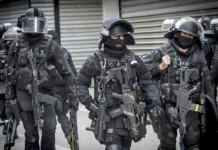
You can follow weapons development pretty steadily by the size of rifles and edged weapons. As technology improves and war changes, both rifles and edged weapons get much smaller. Carbines currently rule the roost of rifles, and one of the longest-serving is the M4 carbine. That carbine can trace its roots back to a rifle known as the Colt 607. The Colt 607 is one of the more important rifles ever created because of the M4

The M4 Carbine is often considered the pinnacle of the AR design. It’s the Goldilocks rifle for many military forces. Most civilian AR15s use the M4 as its footprint, more or less, with a slightly longer barrel to reach the necessary 16 inches to avoid being an SBR. The M4 armed the Marine Corps and Army for the entire GWOT and even became the main rifle of each force. While the M27 has replaced the M4 with the Marine Corps and will seemingly be replaced by the M5 with the Army, it will stick around for generations.
All that originates with the Colt 607 rifle.
What’s the Colt 607?
It all started in 1959. Vietnam was a French problem, and the M16 hadn’t been adopted just yet. The M14 was still rearing its ugly head. Colt had acquired the AR from Armalite and was producing an entire family of weapons known as the CAR-15 series. Colt was producing rifles, light machine guns, and even what they described as a submachine gun.

While we might define a submachine gun as a pistol caliber shoulder-fired selective fire weapon, they were a little loosey-goosey with the term back in the day. They called it the Colt Tanker Model. This was the first AR variant with a retractable stock, and it had an overall length of only 26 inches. This laid the groundwork for the Colt 607. The retractable stock was not what you expected. It looked like a standard fixed stock but had two rods and two positions to change the length of pull.

The barrel was only 10 inches long with a 3.5-inch moderator and lacked a bayonet lug. They classified it as an SMG. These were never standard production items, and only about 50 were ever made as the Tanker Model. Until Vietnam, the Colt SMG went nowhere.
Into Vietnam
Colt had heard from soldiers in Vietnam, namely special operations teams, regarding using the M16 in jungle warfare. The big rifle had a 20-inch barrel and, when fitted with a suppressor, was a bit long in tight jungles. Colt wanted to trim some length, and they first did this with the Colt 605. The Colt 605 cut the barrel off at the front sight base and called it a carbine. This became known as the Dissipator after Bushmaster more or less copied it.
The rifle-length gas system was great, but the gun didn’t have enough dwell time, and the rifle was never superbly reliable. Most of the Colt SMGs were sent to Vietnam with SEAL teams and Green Berets. With their success, Colt made the easy decision to standardize the design and began producing the first models of the Colt 607. Military adoption was fairly limited, and the gun received a rather odd designation as the G-5857 carbine.

These rifles followed the Colt Tanker design but came in both slab side and forward assist variations. The trigger group featured either the A or B configurations with Auto or Burst as the third setting varying. The guns were seen with 3.5 and 4-inch moderators as well as three-prong flash hiders. SEALs seemed to be the primary users of this platform. It was short-lived as criticisms of the platform came to light.
Beyond the 607
The 607 made huge gains in the world of forming a carbine-style rifle of the M16. However, the design had significant shortcomings. The stock was too complicated, and it was also unreliable. The handguards were fragile. The gun also had a ton of muzzle blast, which is why moderators had begun to be used. To rectify this, Colt developed the Commando or the XM177.
This rifle featured a 10 or 11.5-inch barrel. E1 models used the 10-inch barrel, and E2 models used the 11.5-inch barrel. The rifles used 4.25-inch moderators to control muzzle blast as well as tame sound. Moderators also increased back pressure, which helped deal with dwell time issues. They didn’t work as well as suppressors, but the ATF does consider them suppressors.
The handguards were the round design we are all used to these days. The guns also featured a simpler telescoping stock that certainly has the M4 look we are used to. The 607 walked so the Commando could jog, and the M4 could run. The 607, aka the Colt SMG, aka the Colt Tanker model, showed just how modular Stoner’s system could be and helped launch one of the most popular carbines ever.



